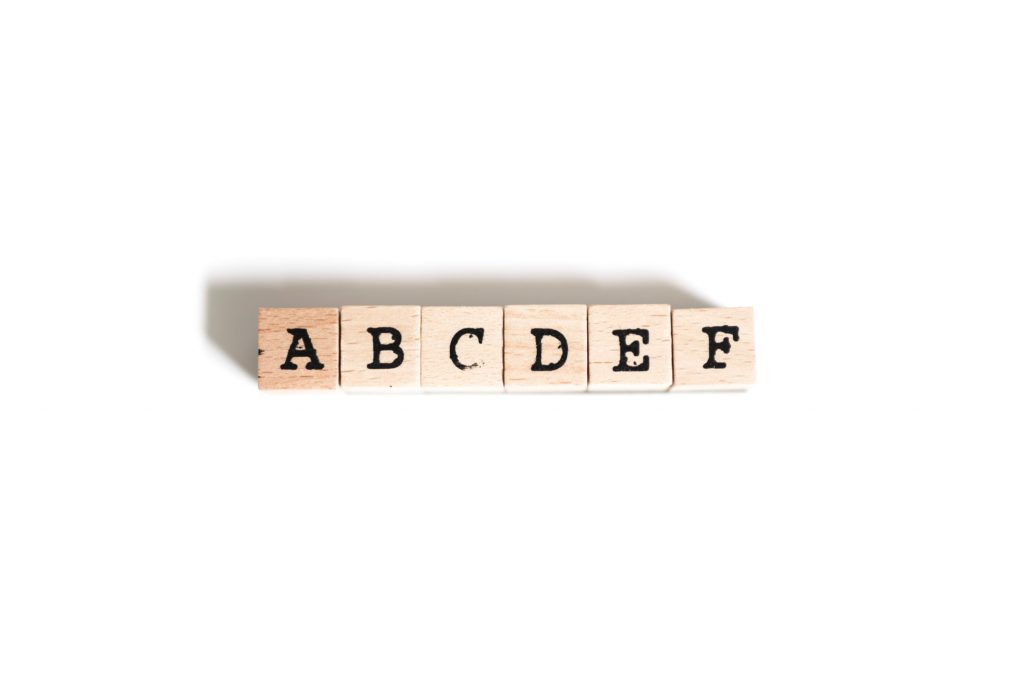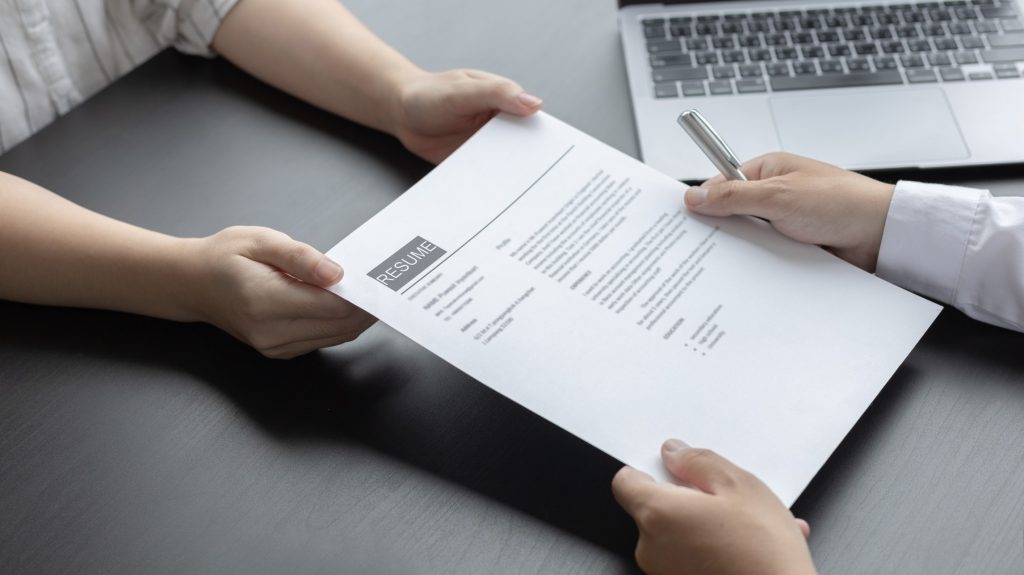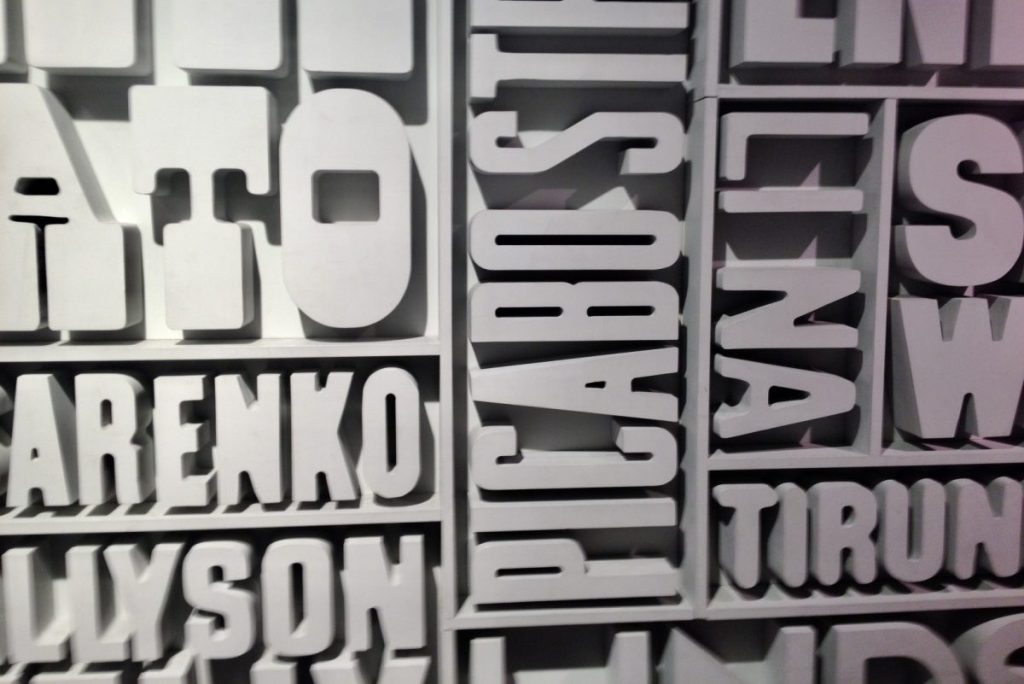Ensuring a well-crafted resume to help you land the job means you know how you can best format it. However, there’s a high chance you’re focusing only on the content of your resume rather than being also conscious on making it well-written, neat, and easy to read. Thus, consider leaving a great impact to recruiters and hiring managers by using the best font for resume. Nevertheless, choosing the best font may be tough if you’re not aware of its value and the great choices you have at your disposal.
We’ve got your back! We’ll discuss why and how you should choose the best resume font, level up your job search, and land your dream job in no time.
Defining Font Families
Every font belongs to a family of fonts having similar attributes and impressions. To help you better choose the best font for resume, you must know which font family best suits your goals. The 5 main font families include:
Serif
Letters in serif fonts have decorative serifs (little tails) on certain character strokes. The famous Times New Roman belongs to one of the largest and most common font families.
Sans Serif
With the rise of the digital marketplace, sans serif typefaces have become widely famous. Sans serif means “without serif”; which means that these fonts have no tails as compared to serif fonts. A classic example of a sans serif font is Arial.
Monospace
Monospace fonts were designed having each letter take up the same amount of space on a given line, allowing for clean, consistent graphic design. Some font samples include Courier and Courier New.
Cursive
Meant to appear handwritten or scribbled, cursive fonts help give text a custom touch. Certain fonts in this family, such as Comic Sans, may be rarely used in professional settings such as your resume, owing to their informal nature.
Fantasy
Mostly used for fancy and design purposes, fantasy fonts are best for signage and certain marketing materials. Such fonts include Impact and Western, used for headers or other shorter texts because they’re not the easiest to read. With that, you wouldn’t opt to use fonts in this group for your resume and cover letters.

The Importance of Resume Font
There are certain factors you must consider on why it’s crucial to understand the value of choosing the best font for resume. Here are two major takeaways.
It leaves a great impression to your human reader.
Apart from the content, the overall look of your resume is vital because it helps your reader focus on the actual content rather than having a hard time reading due to your poor resume font choice.
It possibly isn’t a big deal for you, but like every job seeker, every font has its own unique personality. If your resume font is hard to read, you’re risking leaving a negative impact to the reader. Of course, you wouldn’t want something seemingly simple like font choice to ruin your chances of landing your dream job, right?
It can help beat the ATS.
Applicant tracking systems are programs that help firms sort and search resumes. These read some fonts better than others, so being wise about the fonts you use is a must. Your goal is to let your resume pass smoothly through an ATS so that it can focus on your resume content.
How to Choose the Best Font for Resume
What should you consider when choosing the best resume font? The two most crucial factors are readability and professionalism. Strike a balance between the two and you’re good to go.
Always put yourself in the shoes of your reader. You wouldn’t want to squint to read light, thin fonts or have a hard time making out complex symbols or font styles. Apart from that, you also have to make sure your resume beats the ATS. Since this program doesn’t always read and interpret complex fonts, it’s best for you to use simple, modern ones such as serif or sans serif fonts.
However, you have more freedom as to the font style you can use if you’re writing a resume for a creative field like graphic design or advertising. Even so, always give value to readability over looks.
Best Font for Resume in 2021
Here’s a list of the best ones you can choose from to ensure a well-written resume in 2021!
1. Calibri
Created by Lucas de Groot, Calibri is a modern sans serif font that tries to boost relatability and replace the good old Times New Roman as the default font for Office.
2. Cambria
Designed for on-screen reading and best for small print sizes, Cambria was commissioned by Microsoft like Calibri. This is a serif font with that classic touch.
3. Helvetica
Famous in the advertising field, Helvetica belongs to the easy to read fonts perfect for resumes. Also, this is a sans serif font widely used by designers.
4. Georgia
Being one the most famous fonts used today, Georgia is a serif font with a formal look that’s easy to read online, making it the best choice for writing and sending electronic resumes!
5. Verdana
A spaciously designed sans serif font best for small print on computer screens, Verdana stays as one of the most professional fonts used for CVs, resumes, and cover letters as well. This is great for job seekers who need to squeeze in more details into their job search documents!
6. Garamond
Described by many as timeless and classy, the serif font Garamond meets all the traits of good resume fonts. These include being easy to read, enticing, and something unique.
7. Trebuchet MS
Released as one of the core fonts for the web, this is a sans serif font found easily online, like in the famous Google Docs.
8. Lato
A sans serif font having both serious and friendly features, Lato is considered a corporate font, so you know it’ll work best for your resume, too. As an open source font, you can also download and use it for free.
9. Book Antiqua
Readily usable on most operating systems and office programs, Book Antiqua is one of the best serif font choices for a resume.
10. Didot
If you want to “dress” up your resume a bit, this serif font is for you. Its elegance and light touch make it a safe choice if you want to use a fancy font without veering away from looking professional.

Resume Fonts You Should Not Use
On the other hand, what resume fonts should you avoid using? Here are some:
Heavily Stylized Fonts
Although it’s tempting to prettify your resume, consider staying away from this type of fonts as the ATS can’t read them. Furthermore, human readers might have a hard time reading through your resume, too.
Thin, Narrow, and Light Fonts
Especially when you’re reading on a screen, these fonts may be harder on the human eyes. With the rise of online job search, such fonts can only make your readers have a tough experience when checking your resume and may affect your chances of landing the job.
Custom, Non-Standard, or Downloaded Fonts
Most operating systems or OS have default or standard fonts. If you use those that can’t be read by the ATS, your resume might miss some key details or not render properly.
Resume Font Size
Now, what font should a resume be in? 12 points is the most fit default font size for resumes, while nothing less than 10.5 is the most common.
Another pro tip is to increase the font size for headings and subheadings to improve the visual hierarchy of your resume. This helps direct your reader properly as they go over your file.

Is Combining Resume Fonts a Good Strategy?
Now that you know the best and worst font choices for your resume, you might be curious if using various fonts in one resume is a good idea. While it may be visually pleasing to you, it’s best to avoid such practice and stick to one font only. Doing so helps you ensure that your job search tool uses a consistent style and exudes that professional look. On the other hand, using multiple fonts in your resume can give that impression of being all over the place if not done properly.
Because you have to check if a certain font style fits well with another, you might take more time than needed to craft your resume. Overall, it wouldn’t be efficient if you aim to focus on the more crucial areas of your job search such as preparing for your job interview. You don’t want to end up confusing your reader by distracting them with weird font choices. Instead, keep it simple, pick one resume font, and use consistent resume formatting.
Lastly, formatting your resume can get tough if putting the content and overall look together seem to be a tedious task for you. Besides, you should be exerting more effort into the other aspects of your job hunt if you want to ensure you’ll land your target job in no time.
Let Resume Valley’s career experts do the work for you! Check out our resume writing services and see how we can help you boost your hiring chances and stand out from the rest through a resume revamp!


